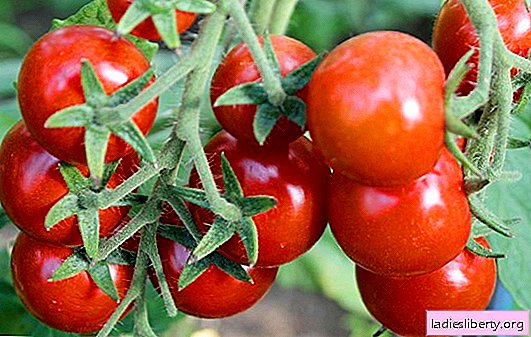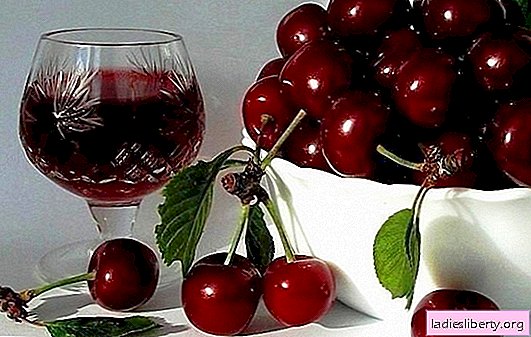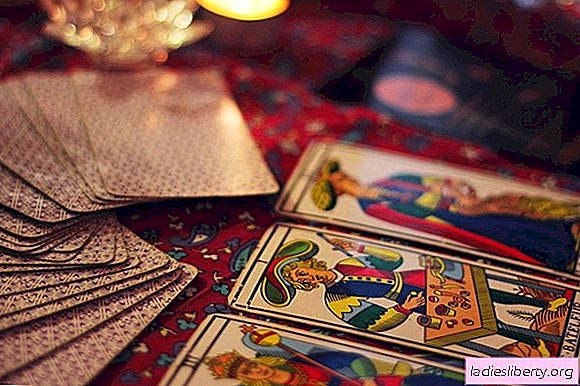
Nemesia in our latitudes is grown as an annual plant, because it does not tolerate low temperatures. To enjoy the view of a flowering plant, it is transferred to the room.
Planting nemesia in the garden is not difficult, but there are some subtleties.
How to plant nemesia
Nemesia is grown by planting seeds directly into the soil or through seedlings. Both methods have their advantages. For example, the seedling method allows you to get early flowering, but you have to tinker. But sowing in the soil greatly facilitates the process.
Landing Nemesia in the ground
Sowing seeds in the soil is carried out in early spring, when the threat of night frost is over. Remember that seedlings do not tolerate subzero temperatures. Flowering will begin two months after germination.
For growing beds, they are prepared in advance, dug up and slightly compacted. The soil is fertile and light. Enough space is needed for the normal growth of nemesia, so landing holes are made at a distance of 25 cm from each other. During planting, it is not necessary to deepen the seeds much, since they may not germinate. Immediately after sowing, the bed is covered with a film until seedlings appear. Remember to ventilate regularly to remove condensation. You need to remove the greenhouse as soon as the seedlings get stronger and grow a little.
It’s easy to care for plantings of nemesia, it is enough to water regularly and feed seedlings once every 20 days.
Growing seedlings of nemesia
Most often, nemesia is grown through seedlings, although this is a laborious process. Prepare containers in advance, make drainage holes to prevent stagnation of water. Soil for growing is preferably sandy.
Planting difficulties arise due to the small size of the seeds, so do not deepen them, but evenly distribute them on the surface of the soil. Sowing is carried out sparsely, as thickening leads to stretching, and picking is complicated. To distribute the seeds, use known methods, for example, wet a toothpick and take the seeds with a tip.
After sowing, moisten the soil with a spray bottle and cover the container with foil. A growth stimulant can be added to spray water. To prevent mold, be sure to ventilate the containers daily. As soon as the sprouts appear, gradually accustom the seedlings to the environment. Do not forget that delicate plants still need high humidity.
What does Nemesia seedlings look like after planting
Plants are transferred to a permanent place in mid-May, being careful not to damage the root system.
Planting Nemesia in the garden
The shrub grows well, so it needs room for development. Wells are made at a distance of 25 cm from each other. At first, nemesia is shaded so that it takes root better.
Nemesia prefers sunny places and alkaline soils. If necessary, lime, gravel and sand are added to the soil.

Care for Nemesia after planting
Nemesia is a fairly unpretentious plant, does not require special care, but there are subtleties.
The plant is not afraid of drafts, but from strong winds the shoots can break, so it will not be superfluous to establish a support. Nemesia is demanding for watering, diseases appear from drying out the soil, and growth slows down.
For full flowering, the bush is regularly fertilized:
• organic matter is introduced into the soil during planting;
• mineral top dressing is done from May 1 time per month.
You can fertilize until the fall, as the plant is annual, after flowering it is removed.
To make the bush more magnificent, it must be formed in time. Throughout the growing season, the shoots are shortened and pinched. This contributes to the growth of side shoots on which buds will appear.
If suddenly the shrub stopped flowering, then remove not only the dry baskets, but also shoots. This procedure promotes the growth of new shoots that will bloom soon.
Diseases and pests of nemesia
Despite the fact that nemesia prefers a well-moistened soil, excessive soil moisture leads to rot and powdery mildew. Identify diseased plants is not difficult. They are covered with characteristic spots, get wet and exude an unpleasant smell of rot. Damaged parts of the plant are cut off, since they will not recover, after which fungicides are sprayed.
If the seedlings are flooded, then the "black leg" lies in wait for it. In this case, all affected Sentsi are removed, the soil is sprinkled with wood ash or tobacco. Watering is postponed until the soil dries. In the future, a solution of potassium permanganate is used for irrigation.
Pests on the bush rarely settle, but if you violate the growing conditions, then infection with a spider mite can not be avoided. Pest treatments are carried out twice with an interval of 7-10 days. Of the drugs, they often use "Actellic" and "Actaru".
Detecting a tick is simple:
• silvery spots, red dots appear on the leaves;
• white mite eggs are visible on the inside of the leaf.
With an advanced stage of the disease, the membranes of the leaves are white.
To avoid infection by diseases, soil loosening and weeding are regularly carried out. This not only gives the shrub an aesthetic appearance, but also provides airflow to the roots.
How to properly collect nemesia seeds
In order not to buy seeds of nemesia, you can collect your planting material. But for this, the plant must be properly looked after.
After flowering, boxes are formed with seeds that need to be collected. To prevent the seeds from scattering, tie the boxes with gauze, and after ripening the seeds, simply cut them off.
Nemesia seeds are very small, in one box contains up to 3500 pieces. After collecting the boxes, the seeds are crushed and dried well. Store planting material in a cool room in paper bags. The shelf life of seeds is about 3 years.
Nemesia in landscape design
A beautiful flower can decorate any corner of the garden. Nemesia is planted in group plantings or separately. Nemesia spots on a green lawn look beautiful. In the garden, marigolds, lobelia, petunias and pansies will be the best companions of nemesia.
Curly varieties are well grown along paths, borders or on alpine slides. Throughout the summer, your garden will be beautiful and cozy.
Experienced gardeners grow nemesia in a cache-pot. Its hanging flowering shoots will adorn the terrace, balcony or porch. This method of planting nemesia allows you to grow it indoors.
Nemesia is a stunted plant, so when creating a flower bed, it is important to consider the height of other flowers. She looks good in a group with tall perennials.
Important! Do not plant Nemesia near the snapdragons, as these plants are similar.











